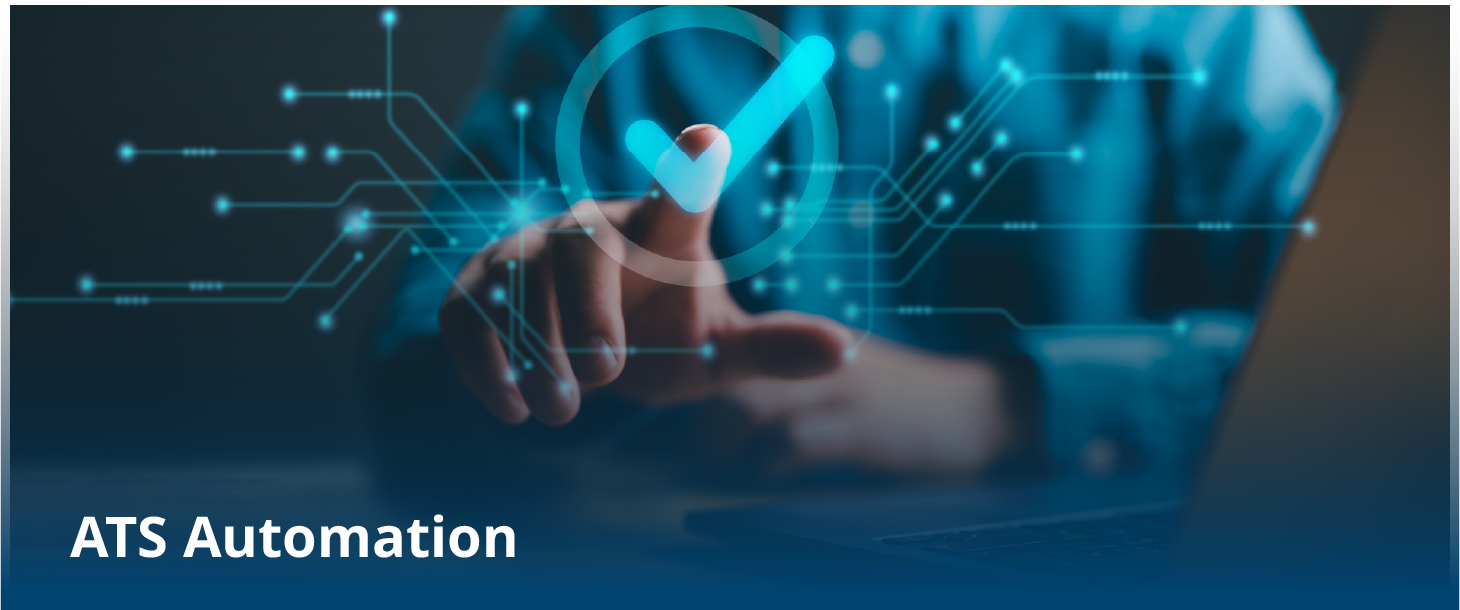Imagine walking into a new job feeling confused, overwhelmed, and unsure about what’s expected of you. That’s not the way anyone wants to begin their professional journey. Luckily, effective employee onboarding sets the stage for a smooth transition, enabling a new employee to quickly acclimate to a new role and become a valued team member. It’s like laying the foundation of a building; a strong and well-structured foundation ensures the rest of the structure stands tall and strong.
But how exactly does your onboarding process impact engagement and productivity? When you feel welcomed, supported, and equipped with the right tools, you’re more likely to be engaged and motivated to give your best. Engaged employees also tend to be more productive and committed to their roles.
Improve Your Employee Onboarding
So, how can you improve your employee onboarding practices? Focus on the following areas to boost engagement and productivity, and you will be on your way to long-term success.
Consider the Power of First Impressions
They say, “You never get a second chance to make a first impression,” and this couldn’t be truer when it comes to integrating your new employees. The initial days of a new employee’s journey are crucial, as they set the tone for their entire tenure with your company. A well-designed initiation process can create an instant connection between the employee and the organization, leading to heightened engagement. Employing automation during this part of the employee’s journey will make the process easier and more enjoyable and less stressful.
Set Clear Goals and Expectations
Would you embark on a journey without a destination in mind? Most people like to have a plan. The same applies with new hires. Providing clear goals, expectations, and job responsibilities during the orientation process can work wonders in aligning the employee’s efforts with the company’s objectives. When employees know what is expected of them, they are more likely to focus on their tasks and contribute meaningfully to the organization.
Use the Buddy System
Starting a new job can be both exciting and nerve-wracking. Having a friendly companion to guide you through the initial days can make a world of difference. Introducing a buddy system, where seasoned employees mentor new hires, fosters a sense of belonging and promotes a collaborative work culture. This not only enhances engagement but also accelerates the learning curve, boosting productivity in the long run.
Embrace Technology and Interactive Training
Gone are the days of monotonous training sessions that resemble a one-way street. Modern employee onboarding practices emphasize interactive and engaging training modules that keep employees invested from the get-go. Utilizing multimedia tools, interactive workshops, and hands-on experiences not only keeps the learning process exciting but also ensures better retention of information. A well-informed employee is an empowered employee, ready to take on challenges and contribute.
In today’s digital age, leveraging technology can significantly enhance the onboarding experience. From using online platforms for paperwork and documentation to virtual sessions, technology streamlines the process and minimizes the paperwork burden, giving employees more time to focus on their roles. Additionally, integrating gamification elements into training modules can make the learning process more enjoyable and increase engagement and knowledge retention.
The Next Level
You can take your onboarding to the next level by personalizing your approach to meet your employees’ needs.
- Celebrate Milestones: Imagine climbing a mountain and not celebrating when you reach the summit. Similarly, acknowledging and celebrating milestones during the onboarding process can make new employees feel valued and appreciated. Whether it’s completing a project successfully or completing the first month at work, recognition adds a personal touch, strengthening the employee-organization bond.
- Be Adaptable: Each employee is unique, and their onboarding experience should reflect that. Flexibility and adaptability enable organizations to cater to individual needs and preferences. Tailoring the onboarding journey according to the employee’s background, skill set, and interests can make them feel valued and understood, ultimately leading to higher job satisfaction and productivity.
Forge Connections With Better Onboarding
Employee onboarding is more than just a series of processes; it’s an opportunity to create a memorable and rewarding experience for new hires. By focusing on enhancing engagement and productivity during this stage of an employee’s journey, organizations can lay a strong foundation for long-term success. Clear communication, interactive training, and personal touches go a long way to forging a deep connection between the employee and the organization.









